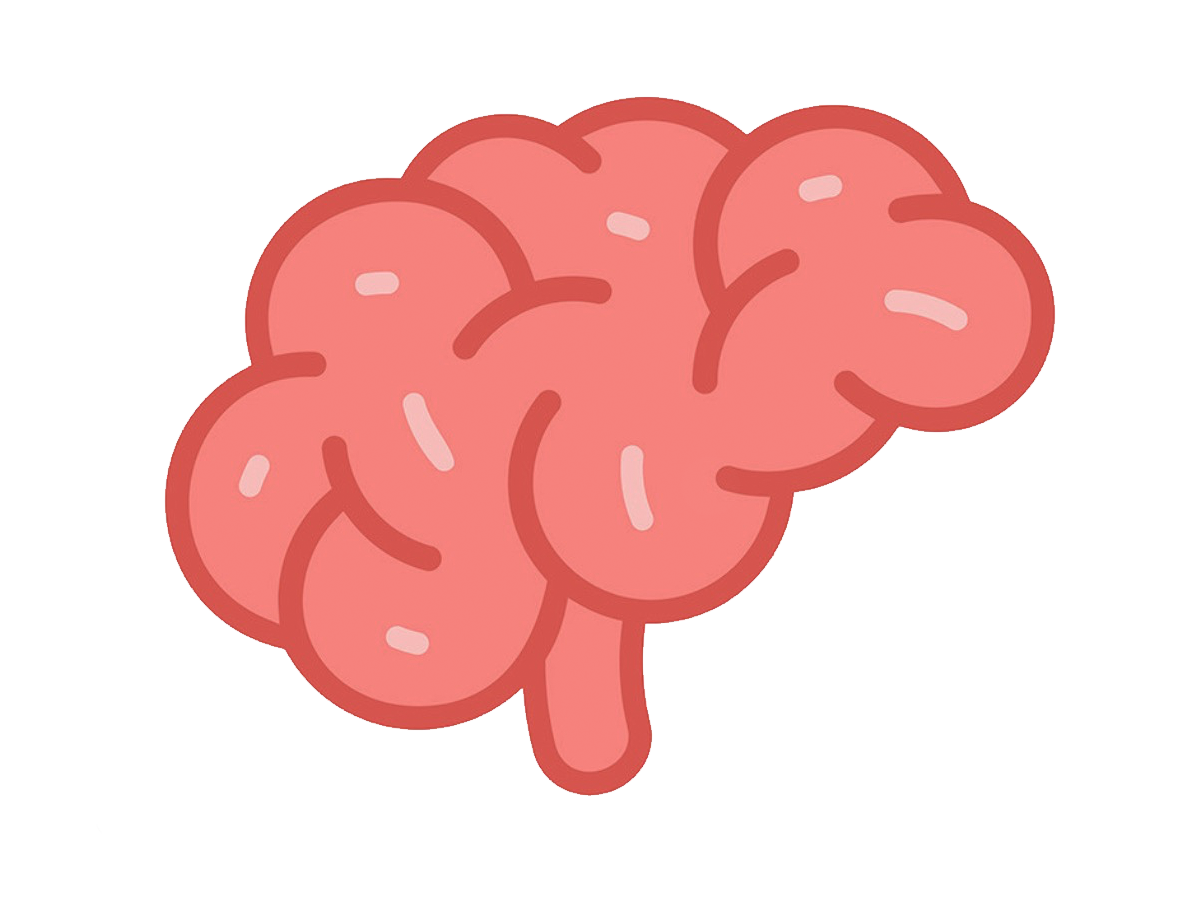STEM education (science, technology, engineering, and mathematics) is crucial for the future of our society, as it prepares students for a wide range of careers in fields that are becoming increasingly important in the modern world. However, there are many barriers that prevent some students from accessing STEM education. In this blog post, we will discuss some of the challenges facing students who want to pursue STEM education and offer some solutions for making STEM education accessible to all students.
One of the biggest challenges facing students who want to pursue STEM education is the lack of access to resources. In many cases, students who live in rural or low-income areas do not have access to the same resources as students in more affluent areas. For example, they may not have access to high-speed internet, advanced computer equipment, or well-equipped science labs. This lack of resources can make it difficult for these students to succeed in STEM subjects.
To address this challenge, we need to work to ensure that all students have access to the resources they need to succeed in STEM education. This could mean investing in new technology for schools, providing more funding for STEM programs, and offering online resources and support for students who may not have access to the same resources as their peers.
Another challenge facing students who want to pursue STEM education is the lack of diversity in the field. Women, people of color, and other marginalized groups are underrepresented in STEM fields, which can make it difficult for these students to feel welcome and supported in STEM programs.
To address this challenge, we need to work to create a more inclusive environment for all students in STEM education. This could mean offering scholarships and other financial support for underrepresented groups, providing mentorship and support programs, and promoting diversity and inclusion in STEM fields.
Finally, another challenge facing students who want to pursue STEM education is the lack of quality STEM education resources. Many schools do not have qualified STEM teachers or offer outdated and inadequate STEM curriculum, which can make it difficult for students to get the education they need to succeed in these fields.
To address this challenge, we need to work to improve the quality of STEM education resources available to all students. This could mean investing in teacher training programs, updating curriculum materials, and providing more funding for STEM education research and development.
In conclusion, STEM education is crucial for the future of our society, but there are many barriers that prevent some students from accessing this important field. To make STEM education accessible to all students, we need to work to ensure that all students have access to the resources they need to succeed, create a more inclusive environment for all students in STEM education, and improve the quality of STEM education resources available to all students. By working together to address these challenges, we can ensure that all students have the opportunity to succeed in STEM fields and contribute to the future of our society.
